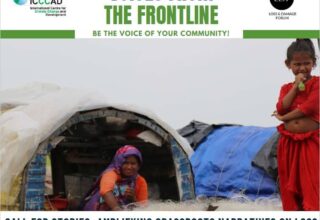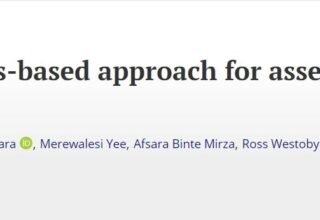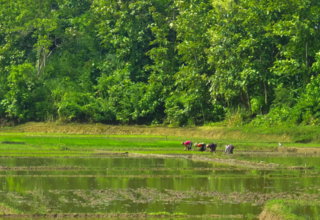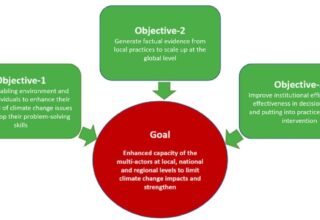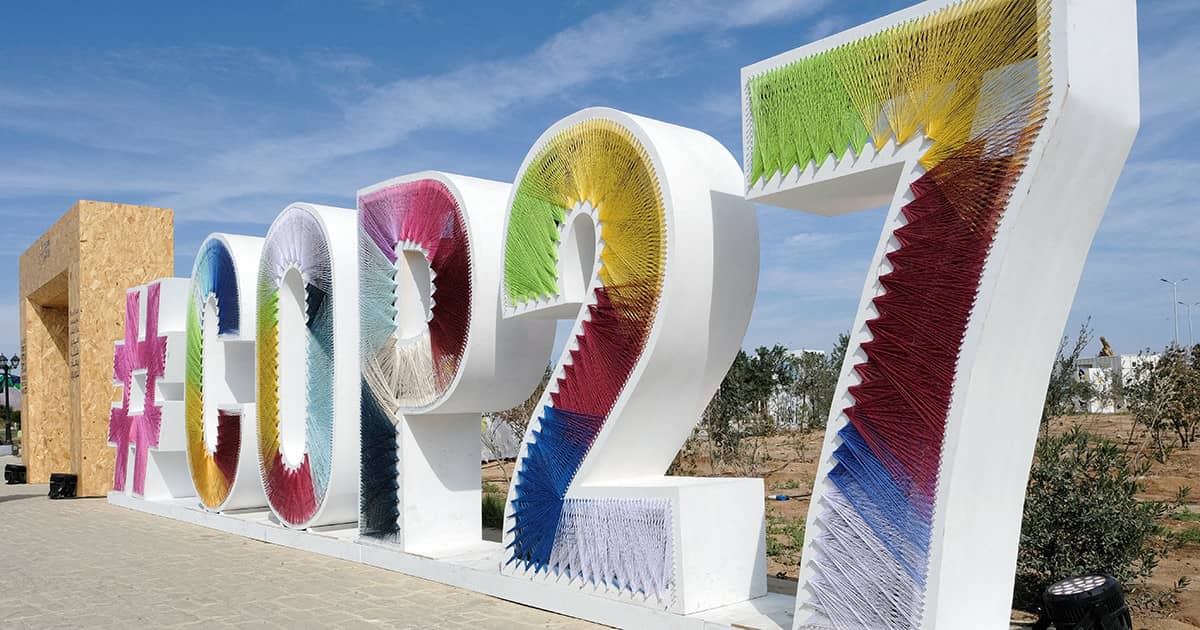
The UN climate talks COP27 closed in Egypt on Saturday started to address the symptoms of the climate crisis in a breakthrough decision for the most vulnerable.
A historic progress was made with a commitment to set up for a financial support structure for the most vulnerable to deal with “Loss and Damage” caused by the impact of the climate crisis by next COP in 2023 as costs from extreme weather soar to over $200 billion annually.
This year’s COP made about EUR340 million in new pledges for loss and damage.
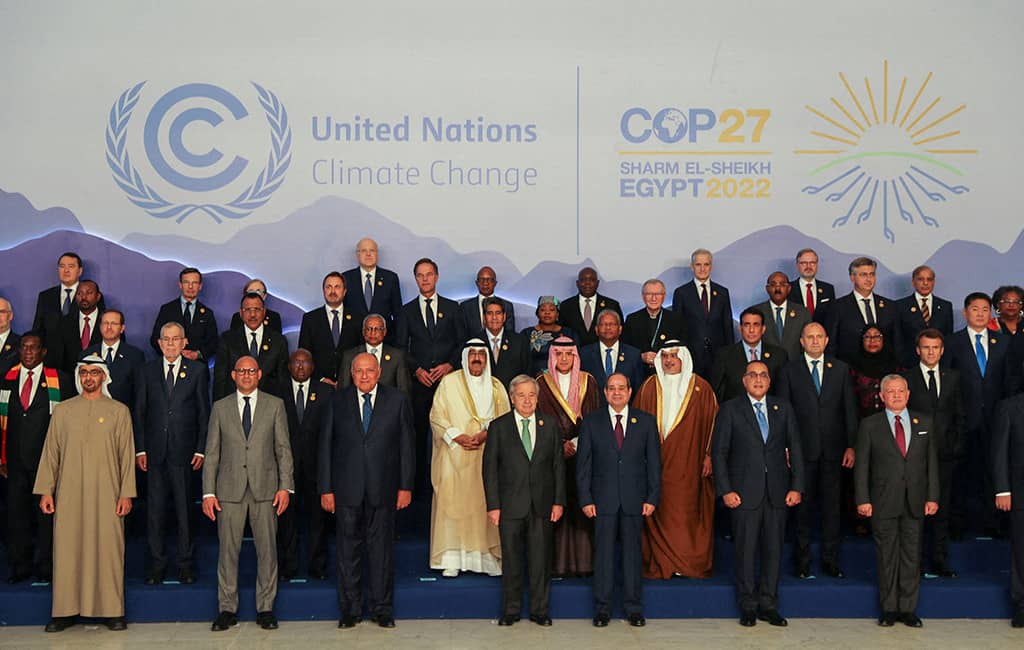
Saber H Chowdhury, MP and president of the Parliamentary Standing Committee on the Ministry of Environment, Forest and Climate Change (MoEFCC) and the recent LDC Group Ministerial Lead at COP27 for L&D negotiations leading to the adoption of the decision, stated: “COP27 process represents a historic moment for loss and damage since this is the first time the issue was adopted into the agenda and approved in the same year and am not sure if this has ever been the case within any UN negotiating process. This loss and damage fund and funding arrangements has opened new horizons for developing countries like Bangladesh most impacted by climate change.”
“For Bangladesh, displacement is a major issue and the climate refugees it creates is a powerful instance of loss and damage when countries and communities do not have the capacity of means to adapt. The political acknowledgment of loss and damage by the global community has been long overdue and is welcome. Bangladesh has been demanding for this for years,” he added.
He also stated: “The decision at COP27 also includes the setting up of transitional committee to finalize all the modalities and arrangements for this fund and we are hopeful that Bangladesh will be represented in this platform.”
“Given the quantum of loss and damage requirements is huge, it will be extremely challenging for governments to fulfil this alone, hence we need to explore new and innovative mechanisms of financing and there has to be an ecosystem wide change in how multilateral development banks and institutions operate. This time next year at COP28 in Dubai, we hope to see the outlines of funding arrangements in place,” Saber added.
Dr Saleemul Huq, director, International Centre for Climate Change and Development (ICCCAD), mentioned: “After trying for many years to get finance for Loss and damage on the COP agenda and succeeding here in COP27 in Sharm Al Shaikh in Egypt. We are very pleased to have agreed to establish a Fund for addressing loss and damage. This is a significant achievement for all countries together.”
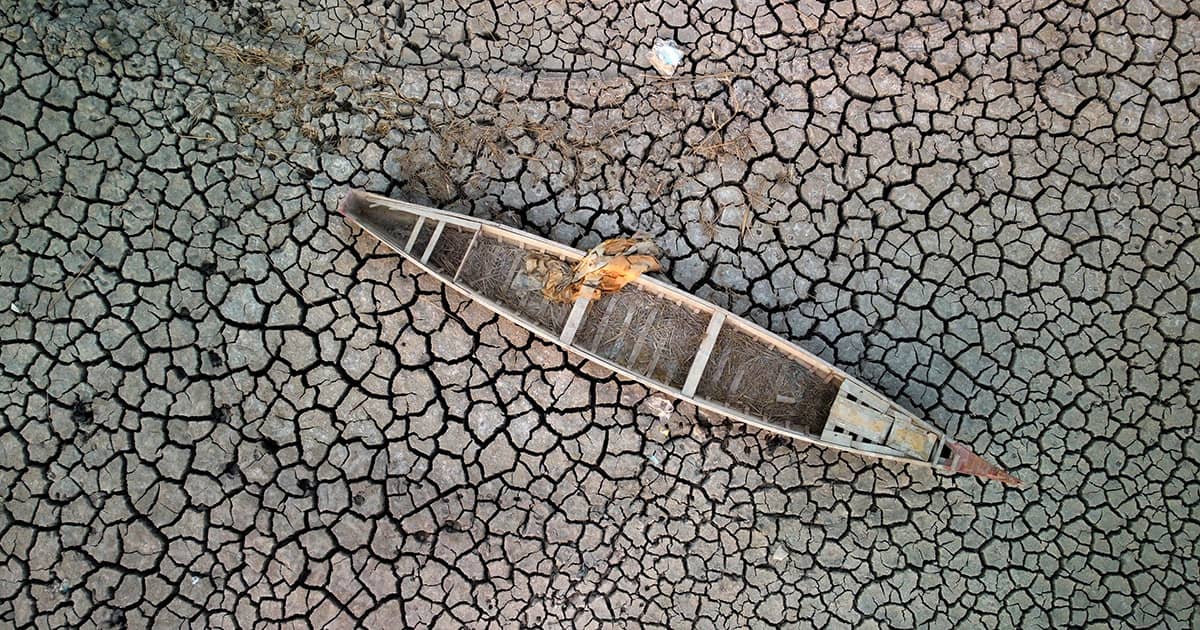
The “balance” of this COP was mainly between (i) desires of the developed world to see greater mitigation ambition and to expand the list of who is responsible for paying for climate action and (ii) the developing world’s demands for recognition and support in the face of escalating climate impacts. A lot of compromises were made and the baseline of emissions reductions achieved in Glasgow was barely protected.
COP27’s decision on loss and damage finance provided a reflection of mindset with hope to deal with profound loss incurred by the vulnerable nationals. However, there is still no clarity on the terms of the funding arrangements. A reassessment of which countries pay and which receive will also be a major issue next year. In the absence of an immediate source of funding, loss and damage pledges mostly went to the Global Shield and the UN early warning systems, with some commitments to the Santiago Network and country-specific projects.
Md Shamsuddoha, Chief Executive, Centre for Participatory Research and Development (CPRD), mentioned: “The decision on the establishment of ‘new funding arrangements’ for responding, as well as addressing loss and damages is a significant achievement at COP27. Having a stand-alone L&D financing facility indeed a great victory, however the decision text seems very tactical that requires a comprehensive understanding on its different elements and dimension.”
He also mentioned: “The decision text acknowledges ‘limitation’ of the existing funding arrangements and ‘inadequacy’ of funds in terms of responding to L&Ds, therefore establishes a ‘new funding arrangements’ with new and additional resources. Worryingly, most of the measures for responding L&D and funding outside of the UNFCCC (eg, Global Shield and commitments of Scottish and Danish governments) are not new and additional. Hence, the words ‘new and additional’ should be well explained by a transparent accounting and reporting system.”
“However, we are hopeful that the ‘Transitional Committee’ that has been established at COP27 to operationalize these ‘new funding arrangements will look into the above issues and make the Fund fully effective for addressing L&Ds on the ground while upholding the spirit of climate justice,” he added.
However, COP27 did little to address the causes of global warming. In the dying hours of the COP, the deal was weakened with the 1.5C target relegated to the section on science, whereas in Glasgow it sat alongside the solutions to the climate crisis in the Mitigation section.
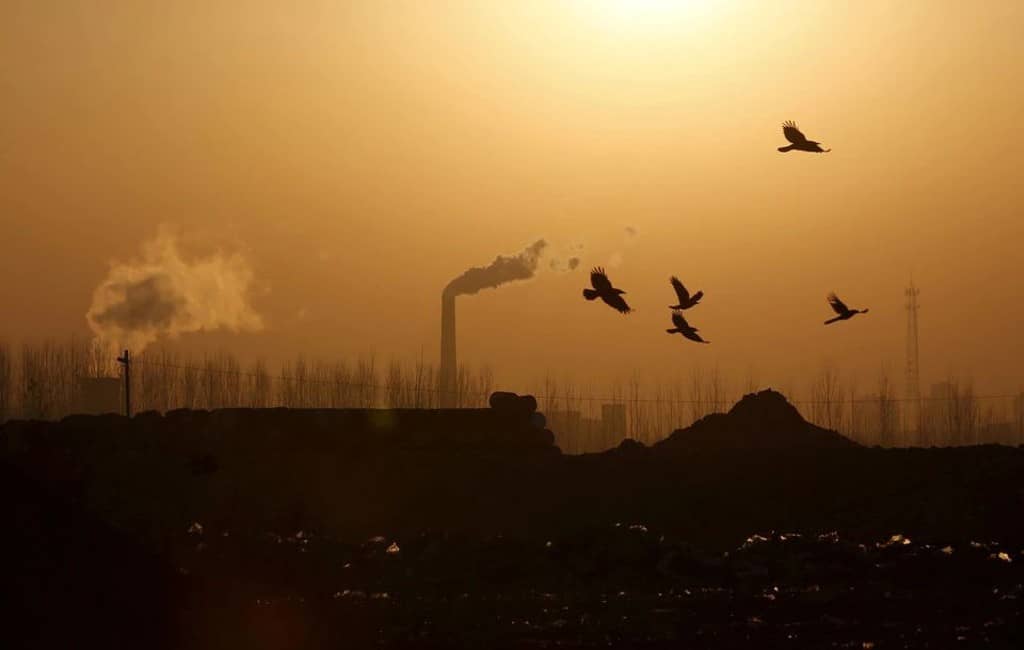
The scale of influence of the fossil-fuel industry and its supporting states was on full display with further weakening of language excluding fossil fuels. Countries failed to agree to a phasedown of all fossil fuels, building on a call to phasedown coal at COP26 in Glasgow. Perhaps this was no surprise: the presence of the oil, gas and big agriculture industries hung heavy over these talks, with 600+ lobbyists at the summit and a stream of gas deals struck on the side-lines. The limited number of dirty energy deals done at COP were outnumbered by clean ones.
This failure to move on emissions occurred even though the world has experienced politics-altering climate impacts such as flooding in Pakistan, Nigeria and Australia and drought in the US will mean support structures like the loss and damage fund have to work even harder. 1.5C was referenced in the deal, but only recognition of the goal. Pathways and plans to actually achieve it were absent.
Nonetheless, sufficient new finance was not generated for vulnerable countries – leaving much to do in 2023 – as countries were urged to scale adaptation financing but no longer double it. However, the presidency said it would be a champion for finance by focusing on implementation and still the money did not come at COP27.
Rich countries still haven’t delivered the $100 billion a year they promised, some of the agenda items here on future finance arrangements didn’t deliver what they needed to, which is even more disappointing as, at the G20 this week, leaders agreed to “urgently scale up mitigation and adaptation ambition”, with a focus also on loss and damage finance. Rich countries failed to understand that these crises are reasons to accelerate action, not break promises all over again.
On the bright side, reform of the international financial system was made to make it fairer and fit for purpose has gained huge momentum. Leaders at COP27 swinging behind the reform of international finance were welcome. Known as the Bridgetown Agenda, its champion Barbados PM Mia Mottley will set forth a concrete proposal by February to present at the World Bank and IMF spring meetings. Paris will host a summit on this issue in June where the urgent priority is to fix the gap they have left at this COP, support this proposal, and get to work on a structural reform of the financial system.
Moreover, corporations will need to respond to new UN net zero rules and ensure their plans cut emissions not corners if they are going to be a credible part of the global response to climate change.
UN Secretary General, Antonio Guterres said there would be “zero tolerance for net zero greenwashing.” A new taskforce is being called for to advance regulation of corporate net zero commitments in countries around the world. This is vital to the credibility and effectiveness of these commitments.
Meanwhile, litigation risks are rapidly increasing for governments and companies who are failing to comply with the Paris Agreement. There have been over 2000 climate cases that have already set a legal precedent. Ongoing cases cover issues such as inefficient climate targets, environmental pollution, human rights violations, greenwashing as well as others. These cases are proving that climate action is a legal duty, not a voluntary choice.
Laurence Tubiana, CEO, European Climate Foundation mentioned: “This COP caused deep frustrations but it wasn’t for nothing. It achieved a significant breakthrough for the most vulnerable countries. The Loss & Damage fund, a dream at COP26 last year, is on track to start running in 2023. There is a lot of work still to be done on the detail, but the principle is in place and that is a significant mindset shift as we deal with a world in which climate impacts cause profound loss.”
Originally this article was published on November 20, 2022 at Dhaka Tribune.

